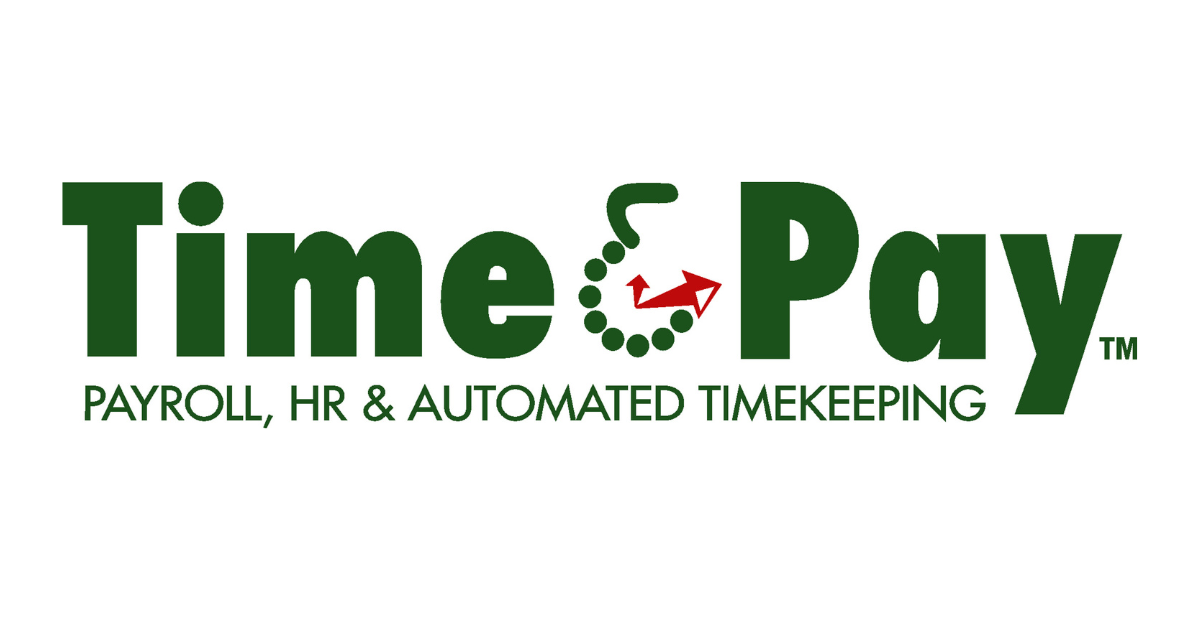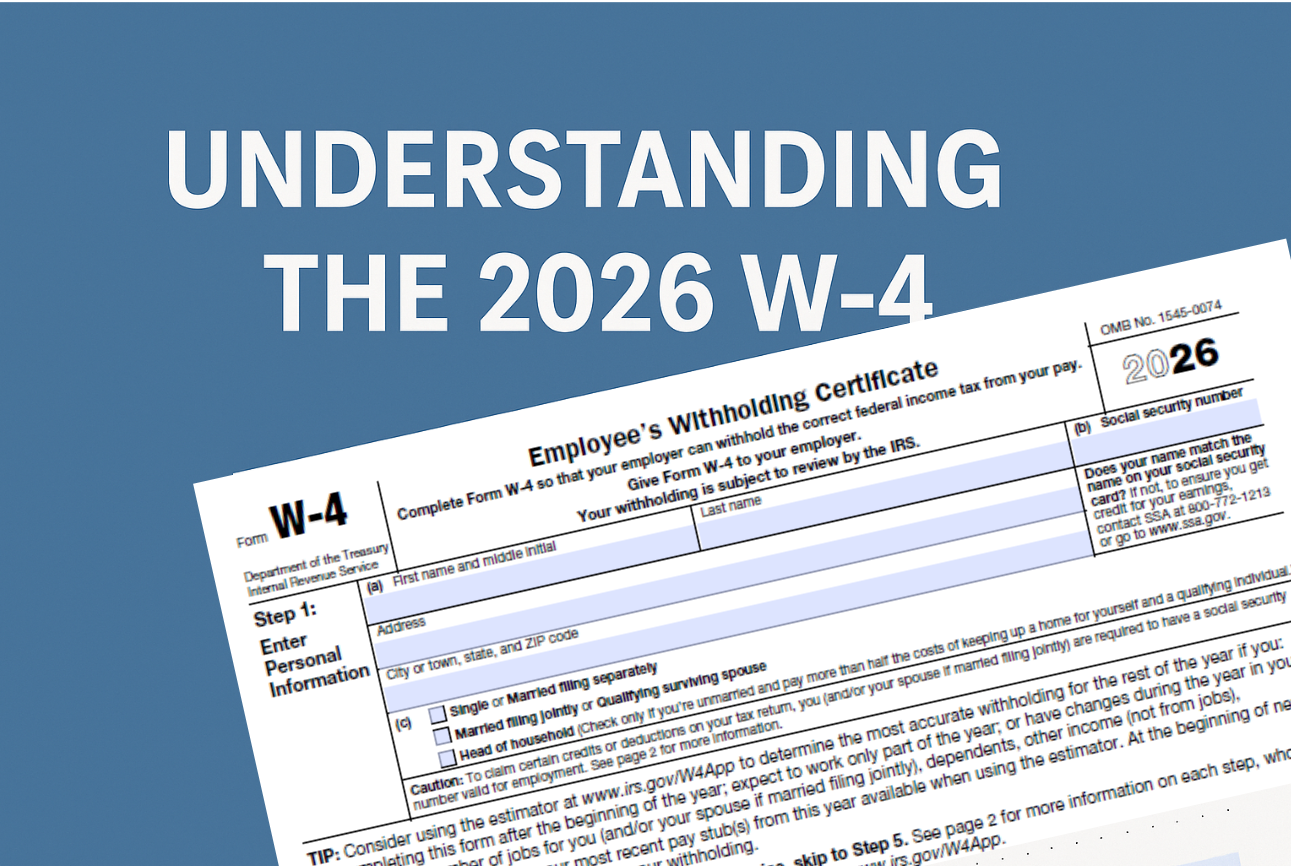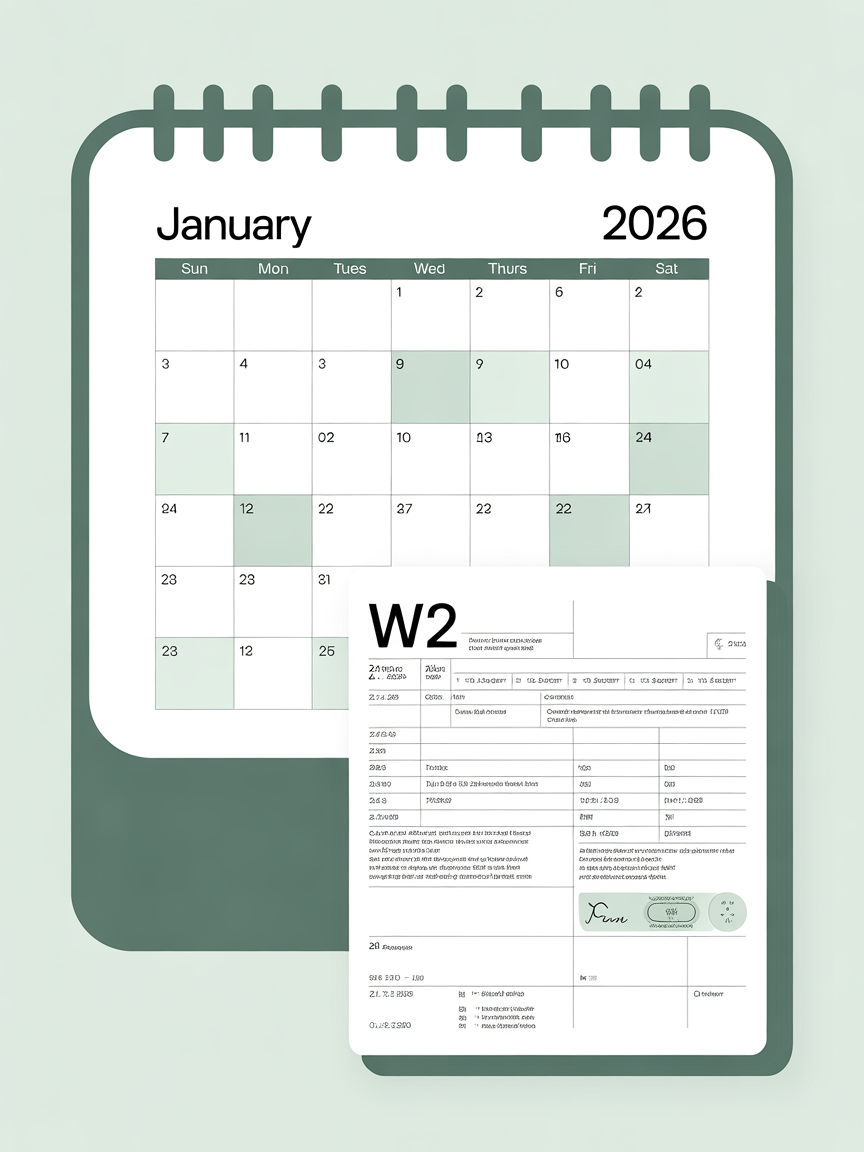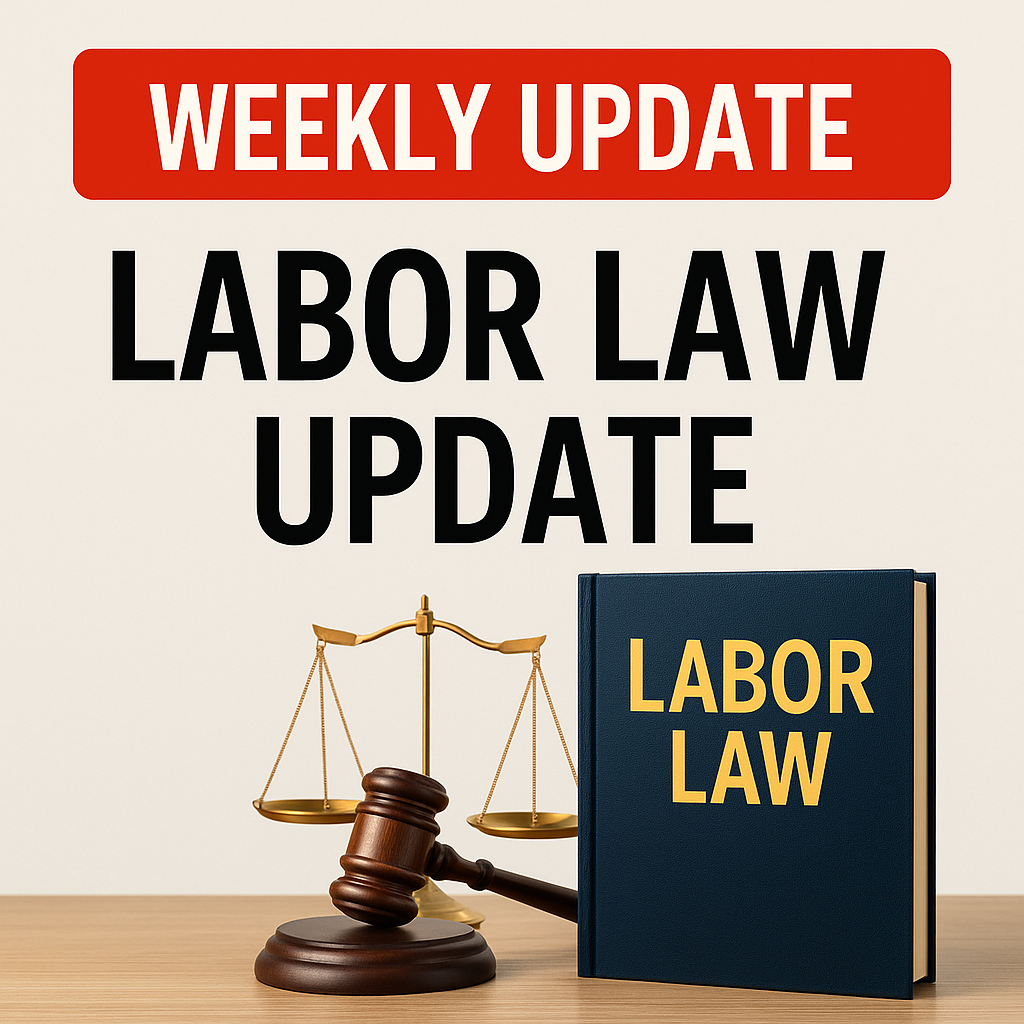Choosing a Payroll Provider: Why Stellar Customer Service Matters
Table of Contents
- Determine the Level of Service You Need
- Assess the Provider’s Response Time
- Prioritize Client Focus
- Evaluate Company Size and Client Importance
Determine the Level of Service You Need
One of the primary considerations when choosing a payroll provider is the level of service you require. Ask yourself:
"Do I want to manage everything through an online portal or will I need help from a dedicated representative to help me along the way?"
- Online Platform vs. Dedicated Representative: Some business owners are comfortable using online platforms to handle payroll tasks independently. Others may prefer having a dedicated representative for continuous guidance and support.
- Availability of Support: Evaluate the provider's support options. Are representatives available during your business hours? What are the typical wait times for responses?
The right service level can reduce stress and free up your time to focus on other aspects of your business.
Assess the Provider’s Response Time
Timely assistance is crucial when managing payroll. Consider:
"How quickly can I access information and receive help when issues arise?"
- Efficiency of Communication: Check the response times for different communication channels, such as phone and email. Quick and efficient support can prevent minor issues from escalating into major disruptions.
- Problem-Solving Speed: Evaluate how long it takes for the provider to resolve payroll errors and other related problems.
Reliable and swift communication ensures that your payroll processes run smoothly and without unnecessary delays.
Prioritize Client Focus
A payroll provider’s dedication to client satisfaction can make a significant difference. Reflect on:
"Do I want to work with a company that invests more in their advertising and their marketing or more in making sure that they're taking care of their clients?"
- Client-Centric vs. Marketing-Centric: Opt for companies that demonstrate a strong commitment to client service over those that prioritize aggressive marketing tactics.
- Long-Term Relationships: Look for providers who aim to build long-term relationships with their clients. A satisfied client base is often a hallmark of a reliable payroll provider.
Prioritizing client needs ensures you're working with a provider dedicated to your success rather than just their own growth.
Evaluate Company Size and Client Importance
The size of the payroll provider and how they value your business matters. Contemplate:
"Ultimately do I want to feel like a small fish in a big pond or do I want to feel like I'm just as important as all the other companies that they're working with?"
- Client Valuation: Ensure the provider values all clients equally, regardless of the size of your business. You deserve top-notch service whether you're a small startup or a large enterprise.
- Personalized Service: Seek out providers who offer personalized support tailored to your unique business needs.
Choosing a provider that treats you as an important client can enhance your overall satisfaction and support your business growth.
Conclusion
Choosing the right payroll provider is a critical decision that impacts the efficiency and accuracy of your payroll processing. By considering the level of service, response time, client focus, and how valued you feel as a client, you can find a provider that meets your specific business needs.
Take the time to assess different providers carefully. By prioritizing your preferences and needs, you will make an informed decision that sets a solid foundation for your business’s financial health. Ready to choose your ideal payroll partner? Start evaluating your options today and find the perfect fit that will support your journey to success.




